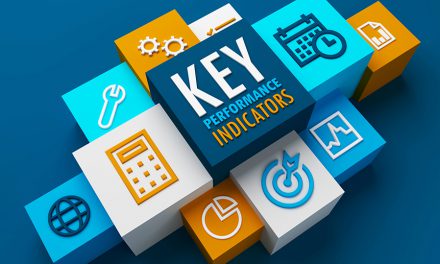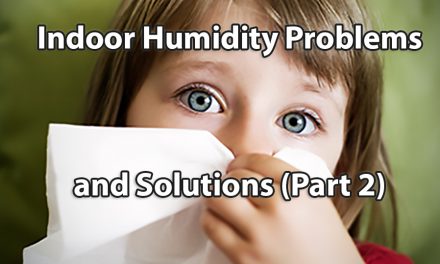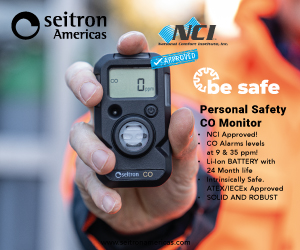Once you’ve increased awareness and suggested practical, easy-to-follow advice, it’s time to offer services and solutions that take your customer’s protection one step further.
Offer Low-Level CO Monitors
One simple step is to offer customers low-level CO monitors. Many HVAC contractors and their customers don’t know the difference between a store-bought CO alarm and a low-level CO monitor.
Jim Davis taught me a simple way to help customers understand the differences using a home security system comparison.
Low-level CO monitors are the type of home security system that alerts a homeowner to danger once an intruder steps foot on their property. The homeowner isn’t in immediate danger, but they know they should act now before the situation escalates.
Store-bought CO alarms are the security system that delays letting the homeowner know the early warning signs. Instead, they alert the homeowner to danger once an intruder is in the home.
Provide CO Testing and Safety Checks
Besides low-level monitors, offer your customers something that no one else does. Add CO testing to your service and maintenance calls. It’s quicker than ripping a furnace apart to inspect for a cracked heat exchanger and provides a lot more information.
You need the right test instruments, but you also must know what readings and ranges to look for to verify safe operation. You won’t know if the equipment is safe without them. Here’s an abbreviated list of measurements and ranges you’ll want to know for gas equipment:

- Flue gas CO readings – typically, less than 100 ppm and stable during the run cycle
- Draft pressure in the flue – typically -.01 to – .02 inches of water column
- Flue temperatures within range based on equipment type.
You can take many more measurements and ranges, but these three are a start in the right direction. When these measurements are out of range, they provide clues about where a problem exists. Being able to interpret these clues determines if you catch or miss a dangerous condition.
Remember, to be the CO safety expert in your market, you need the proper training. There’s more to CO than cracked heat exchangers. It takes knowledge of combustion, equipment operation, airflow, and building science to understand the factors influencing CO production.
Deliver Results That Solve the Problem
Test results lead to solutions when you diagnose them correctly. Without the proper diagnosis, you’re guessing. For example, a cracked heat exchanger is rarely the source of a CO problem, so find the actual cause to provide the right solution.
Click Below for the Next Page













Recent Comments